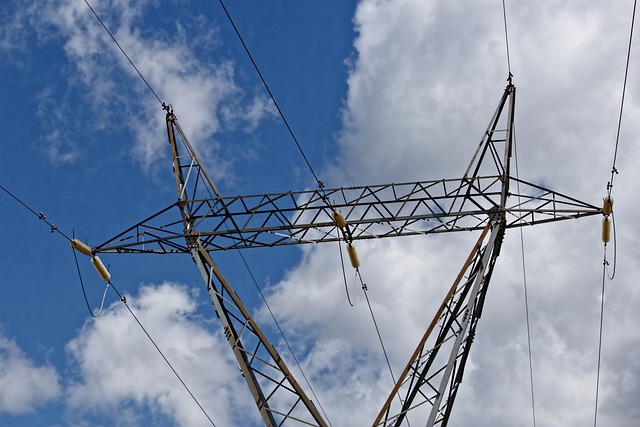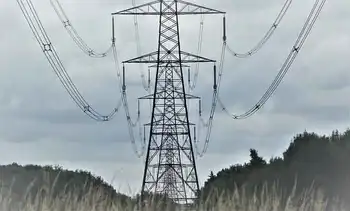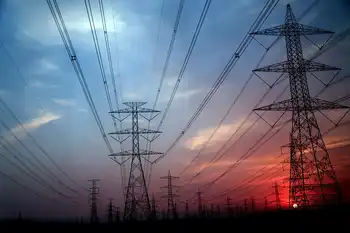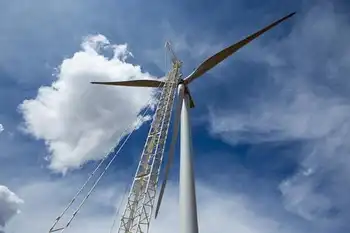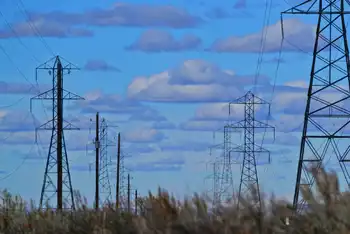Need for coal threatens national park
By The Independent
High Voltage Maintenance Training Online
Our customized live online or in‑person group training can be delivered to your staff at your location.

- Live Online
- 12 hours Instructor-led
- Group Training Available
Hwange Colliery says it only has enough coal to power its 940 megawatt plant for three more years.
Shortages of coal and working capital, as well as ageing and broken equipment, have already forced the shutdown of three smaller power stations across Zimbabwe, causing daily blackouts that have plagued the country for years.
The company says its only viable new deposits of coal suitable for power generation lie in the heart of the Hwange national park, under a river that supplies nearby towns — including the world-famous Victoria Falls — as well as thousands of endangered animals.
Accessing the new coal would mean strip mining one of the environmentally delicate region's few water supplies.
"The coal is submerged under water, so we have to find ways of de-watering the adjacent rivers in the area," Fred Moyo, the company's managing director, told AFP.
"We only have three years left of power coal although initial indications were that we have power coal that would take us at least another 15 years."
De-watering would shift the flow of rivers to allow access to the coal, but in the process will create huge pools of polluted water.
Hwange national park covers an area half the size of Switzerland on the edge of the Kalahari, where every drop of water is valuable. It's also home to all of Zimbabwe's endangered species, including 45,000 elephants.
Existing mines still have plenty of industrial-grade coal, but that variety burns so hot that it would overheat the generators, Moyo said.
Lovemore Mungwashu, operations coordinator for WWF, said mining the new coal reserves would pose huge problems for the region.
"Our greatest concern is how Hwange will put in place measures that will affect not only the wildlife, but communities within town," he told AFP.
"Hwange Colliery should first address how it going to handle the issue of contaminated water before it starts any underground mining and de-watering plans," he said.
Zimbabwe also has the 750 megawatt Kariba hydro-power dam, but it suffers chronic breakdowns due to a lack of spare parts and expertise, adding to pressure on Hwange.
"Hwange Colliery's role in the economy of Zimbabwe is of great strategic importance, as coal is a vital source of energy in a country where hydro-electrical power generation has perennially broken down," Moyo said.
Since President Robert Mugabe and his rival Prime Minister Morgan Tsvangirai formed a unity government in February, the economy has slowly started to mend after a decade of collapse.
Industrial activity has been rising since the local currency was abandoned in January, but growth is limited by the scant power supply, and many industries are operating at only 10 percent of their capacity.
Zimbabwe spends millions of dollars importing electricity from its neighbours, just to keep the lights on some of the time in parts of the country, which at times goes for 15 to 20 hours without electricity.
Hwange Colliery is looking at other options, including setting up a methane gas plant that would burn fewer carbon emissions than coal and prevent the need for more mining, Moyo said.
But that would require a 10 million dollar investment, money which Zimbabwe doesn't have. Moyo said the company has lined up possible partners, but is still waiting for government approval for the project.





